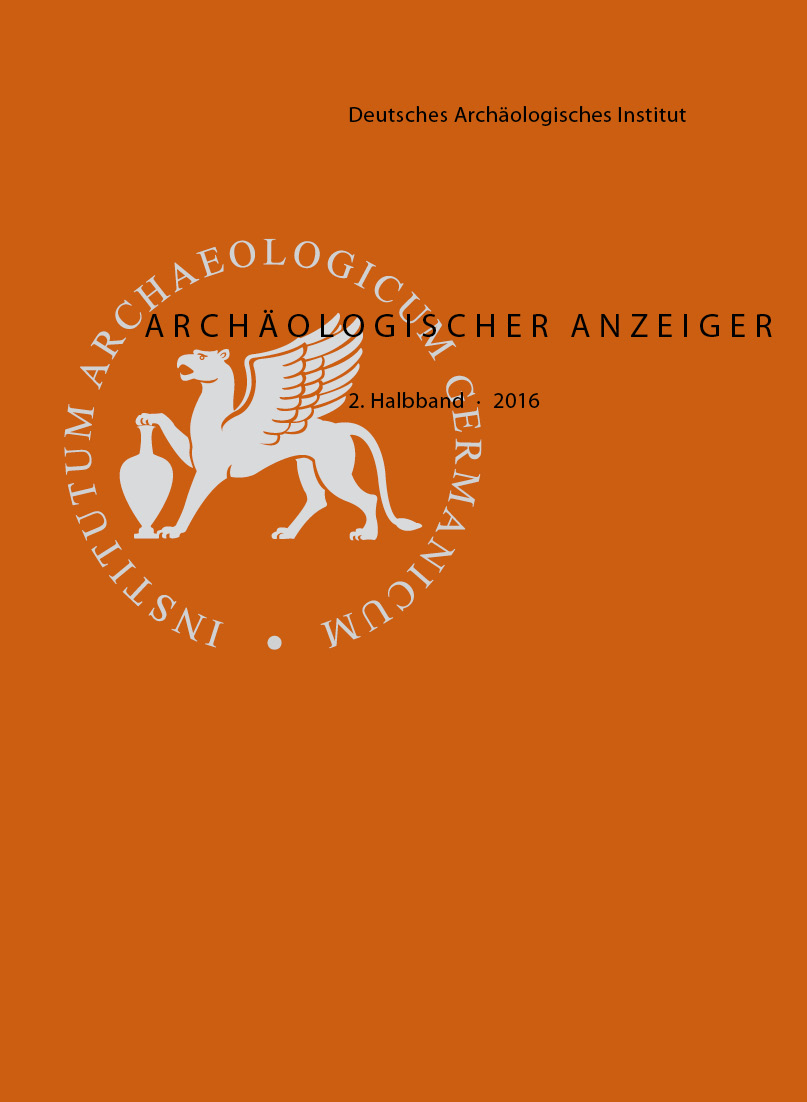The Byzantine Settlement History of Miletus and Its Hinterland – Quantitative Aspects. Stratigraphy, Pottery, Anthropology, Coins, and Palynology
https://doi.org/10.34780/dyap-714e
Abstract
The Byzantine settlement history of Miletus, an ancient harbour city on the west coast of Asia Minor, was long obscured by a lack of quantitative data. This paper provides such data and fills in some crucial gaps in our knowledge of the urban development and in our understanding of the rural hinterland. The city appears to have lost much of its former population by the 6th century A.D., which was a particularly prosperous time for the surrounding villages. Thereafter, agriculture continued relatively undisturbed throughout the Persian and Arab invasions, the middle Byzantine period – with considerable prosperity at rural sites – and the Turkish conquest. The city, in contrast, was deserted during the middle Byzantine period. Middle Byzantine prosperity turns out to have been a rural phenomenon of the agricultural hinterland, and urbanism was dead long before the arrival of the Turks, who had to rebuild Miletus under the new name of Balat.Parole chiave:
Beylik of Menteşe, environmental history, Invasion Period, late antiquity, ruralization
Dowloads
Pubblicato
2018-05-09
Fascicolo
Sezione
Artikel
Informazioni bibliografiche e recensioni
Come citare
Niewöhner, P. (2018) “The Byzantine Settlement History of Miletus and Its Hinterland – Quantitative Aspects. Stratigraphy, Pottery, Anthropology, Coins, and Palynology”, Archäologischer Anzeiger, 2, pp. 225–290. doi:10.34780/dyap-714e.





